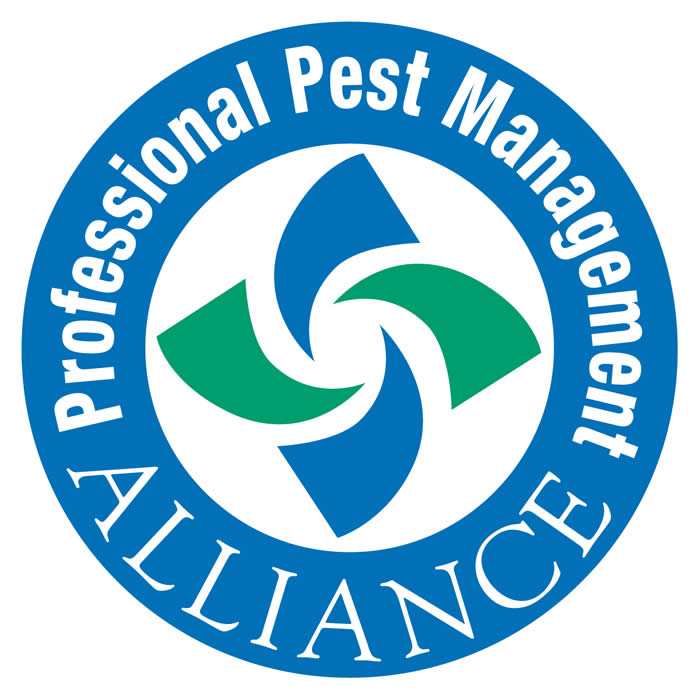Rodents, just like people, prefer the warmth of indoors in the winter.
And who could blame them? That said, nobody wants to share their home with mice or rats. Not only are they potential disease carriers and nuisances, but they can do serious structural damage to insulation, electrical wiring, plumbing and other structural components of your home.
The Internet Center for Wildlife Damage Management is a good source for ways to rodent-proof your home.
A sample:
Rats and mice cause serious damage to all kinds of structures if they are allowed access to them. Damage by rodents has been documented in homes, apartments, hotels, office complexes, retail businesses, manufacturing facilities, food processing and warehouse facilities, public utility operations (especially power and electronic media operations), farm and feed storage buildings, and other structures.
In urban settings, rodents most often cause damage to older, inner-city buildings and utilities in poor repair. New housing developments may experience commensal rodent problems, but problems are more noticeable in neighborhoods 10 to 12 years of age or older. Ornamental plantings, accumulation of refuse, woodpiles, and other such sources of harborage and food are more quickly invaded and occupied by rodents when adjacent to an established rodent habitat.
Many types of land, air, and water transportation systems and their infrastructure also face serious rodent infestation problems. Infestations are of particular concern in the transportation of foodstuffs, feed, and other agricultural products. Commensal rodents consume and contaminate human and livestock feed. One rat can eat about 1/2 pound (227 g) of feed per week, and will contaminate and waste perhaps 10 times that amount.
Get more info, including handy and efficient things you can do to keep rodents out, right here. Of course, if you discover you have a rodent problem, we can help.
In the meantime, here’s to a rodent-free winter.



















